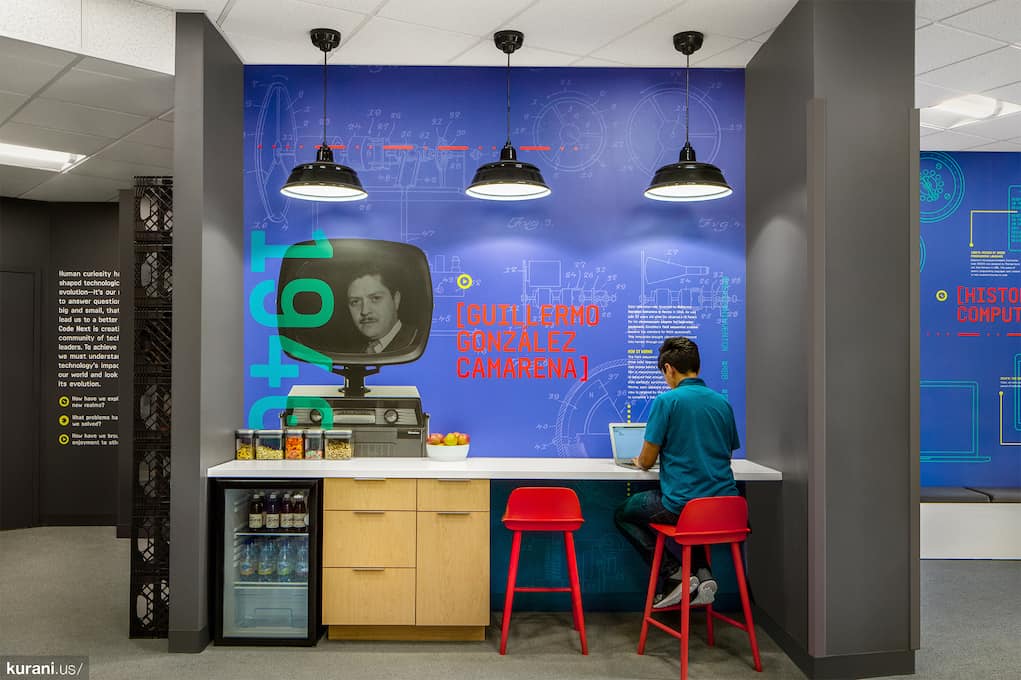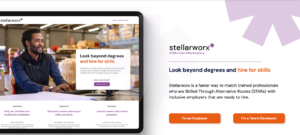10 Talent Tips from Google HR

Iveta Brigis made it from a tiny high school in upstate New York to Google. In college, she didn’t study computer science, she studied people–and how to develop and compensate them. She joined Google 12 years ago when the company was beginning a series of deep dives in organizational development.
Brigis and her colleagues in Google People Operations learned a lot about recruiting and developing talent. A few years ago, Brigis ran the Google K-12 Talent Academy, an initiative to share lessons learned with school districts.
She recently left the company for new adventures but she meet us at a school and outlined ten talent takeaways (listen to our conversation here):
- Trust pays off. One now famous Google investigation was into why some teams are better than others. It turns out that psychological safety and team trust were the key variables. Teams that encourage safe discussions and different viewpoints succeed more. Good teams have high social sensitivity, they had team members that could sense how others felt based on their tone of voice, their expressions and other nonverbal cues.
- Don’t trust your gut. When it comes to hiring, everyone thinks they are a great interviewer. More process and more structure is almost always better.
- Don’t hire yourself. Most people tend to hire candidates like themselves. Be thoughtful about what you’re looking for. Try to identify success characteristics for the role.
- Hire collaborative learners. With the speed of change, the willingness and ability to learn is a key success variable. Because everything is done in teams, collaboration and empathy are key to success.
- Broaden your horizons. If you want talent diversity, look beyond the traditional name-brand universities. Google found success in recruiting at minority-serving institutions.
- Great workplace. It’s easier to hire if you have a place where people want to come to work. Check your employee value proposition. Find out if people have input in management, and if they receive feedback and recognition. The basics matter.
- Engage trainers. At Google, there is a big network of employees who teach classes on coding, teams, and management. They receive support on how to design effective learning experiences.
- Bring data. Google is a big data shop, they care about people analytics and strive to be evidence-based.
- Be transparent. Google strives for transparency and shares pertinent information as needed. Educators were particularly interested in strategies for how to do this better.
- Grow your own. In hard to hire categories like machine learning, encourage internal employees to learn and teach others. Make the work really attractive by making the mission compelling (pay is just one element of a great job). Again, (like #6), build your value proposition and talent brand.
Where you can’t hire the talent you need, partner with expertise. If you’re a school system or university, use your scale to create a compelling impact proposition. Brigis offered this advice to the state of California in a recent report she co-authored as a Commissioner on the Little Hoover Commission, Artificial Intelligence: A Roadmap for California.
Keep an eye on Brigis and Google People Ops for more lessons learned.
For more, see:
- Growing Talent for the 4th Industrial Revolution
- 6 Talent Development Tools for EdLeaders
- Boosting Career Readiness in Dallas
Stay in-the-know with innovations in learning by signing up for the weekly Smart Update.
The feature image is used with permission from Kurani.us.








0 Comments
Leave a Comment
Your email address will not be published. All fields are required.